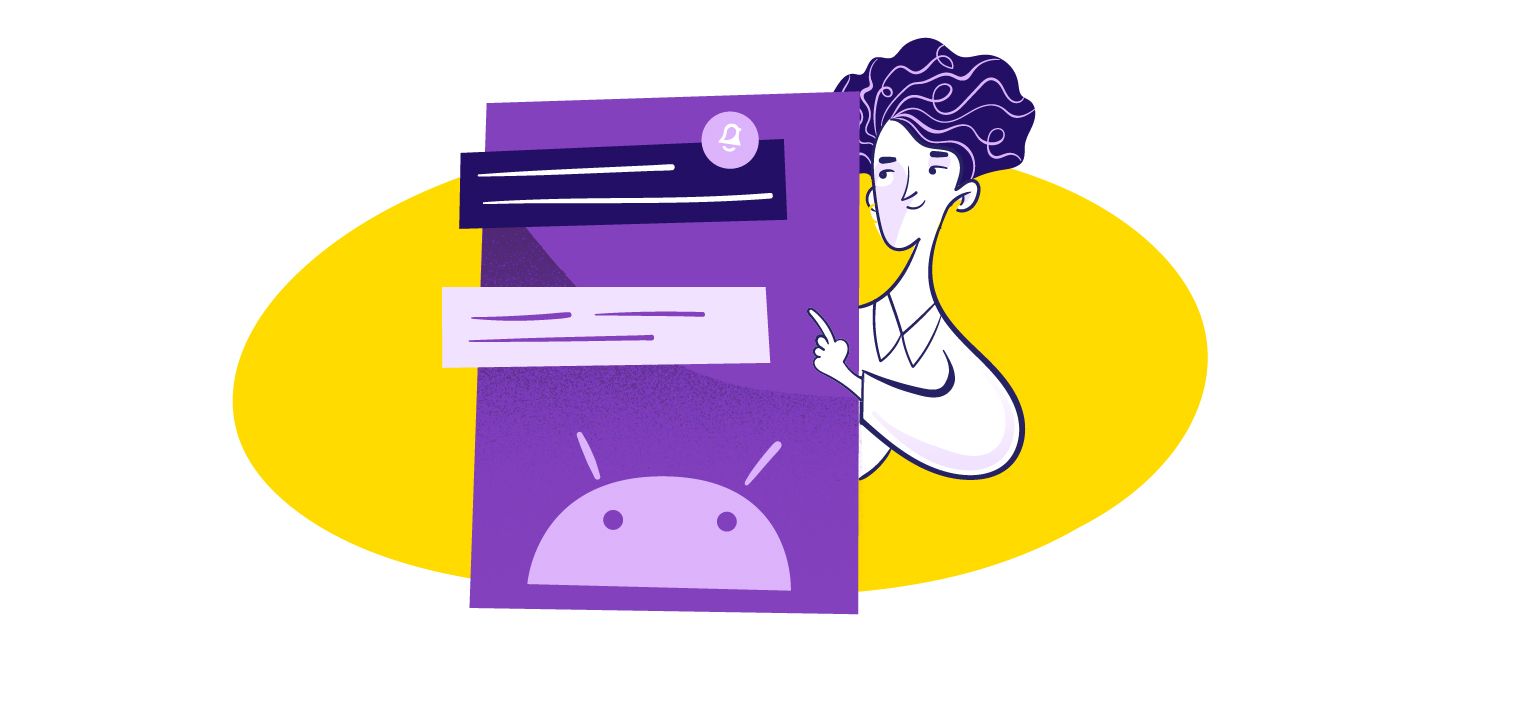Billions of people around the globe interact with their smartphones multiple times a day. In fact, there are more than 4.8 billion smartphone users around the world as of January 2025, and many of them rarely go anywhere without their phones.
Today, it’s essential for all kinds of businesses to have a strategy to reach users via their smartphones. Given the massive volume of smartphone users who spend multiple hours each day on their devices, businesses that can garner the most attention from users have a competitive advantage.
There are several ways to reach users via mobile, including:
- SMS
- Voice calls
- Messenger
- Telegram
- Other social media
- Push notifications
Push notifications, in particular, are an effective means to engage users and boost user retention.
The two most popular smartphone platforms are iOS and Android. Android has more than 3.5 billion active users, which is around 75% market share among smartphone users. Developing and executing a strategy to engage this large user base with push notifications is a must. While this guide focuses on Android, developers working across both platforms should also familiarize themselves with implementing push notifications for iOS and Android apps, as each platform has unique requirements and capabilities.
Android Push Notifications: What Are They?
The mobile operating system Android manages push notifications from different applications. These notifications appear in the notification center and prompt the user to take a specific action. Android notifications generally have a thumbnail image, a title, some text and one or more prompts to elicit user actions. Each notification can have its own alert style, sound, and vibration styles. Users can configure their preferences in their notification center settings.
There are two primary types of Android push notifications:
- Default: These are the simplest types of Android push notifications. Such notifications can have a thumbnail and some text. Clicking on the notification will directly launch the relevant page of the Android application.
- Interactive: Interactive notifications have buttons within the notification, which users can interact with without launching the Android application. For example, the music player will have a notification with play/pause, next, and previous buttons. Users can interact with those buttons to perform certain actions without launching the music player.
Depending on the content in the notifications, Android push notifications can also be classified into utility notifications, update notifications, and promotional notifications. Depending on the category, the Android operating system has the power to limit the reach of your notifications.
How Does an Android Push Notification Work?
In order to send push notifications to an Android user, they must have your Android application installed. The user also has to opt-in to receive push notifications from your applications. Once these two fundamental requirements are in place, you will be able to send push notifications to Android users.
Three components have to be in place to send push notifications to Android users:
- Client application: The client application is your Android application that the user has installed on their Android smartphone. The user should also have opted-in to receive push notifications. Only then will you be able to send push notifications to the user.
- Server application: The server application refers to the place where the logic of your notifications resides. Some push notifications are generated by the client application, while others are pushed from a remote server to the client application. The code logic that pushes notifications is termed a server application.
- Firebase Cloud Messaging: An operating system push notification service (OSPNS) is required to forward the push notification from the server application to the client application. Firebase Cloud Messaging (FCM) is the OSPNS for Android push notifications. See our FCM tutorial for implementation details.
When users opt-in for push notifications from your Android application, a device token is generated. This is used to identify users in the application. When you want to push a new message, you have to pass the content and device token to FCM. FCM connects the right client application and push out the notification.
You can also use an SDK to automate many elements of creating and tracking push notifications. For example, MagicBell SDKs and API wrappers can be used to build an effective notification system for web and mobile applications.
Building an Android Push Notification System
Now that you understand the basic concept of Android push notifications, the next step is to build the Android push notification system with the help of this guide. There are a few requirements you’ll need to keep in mind and have in place before getting started, including:
- You’ll need to use the latest version of Android Studio.
- The new project has to be for Android Jelly Bean or later. This translates to API level 16 or later.
- Use Gradle 4.1 or later.
- Use Android X with com.android.tools.build:gradle v3.2.1 or later, compileSdkVersion 28 or later, and have a Google account to sign in to Firebase.
Once you have set up a complete Android push notification system, you can build a unified inbox to collate all the push notifications you send to users. When evaluating push notification software options, MagicBell's notification inbox is a comprehensive solution that you can have up and running in under an hour.
